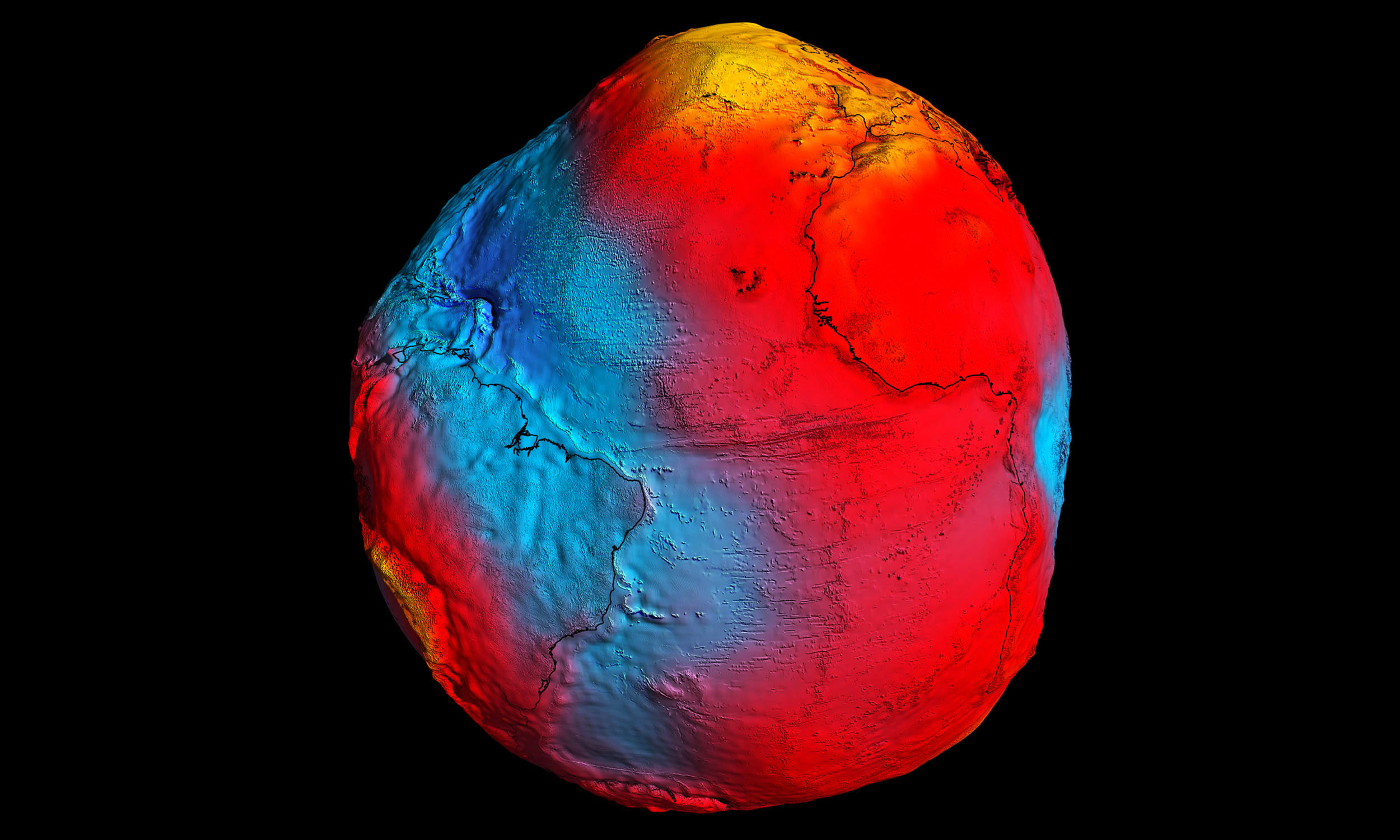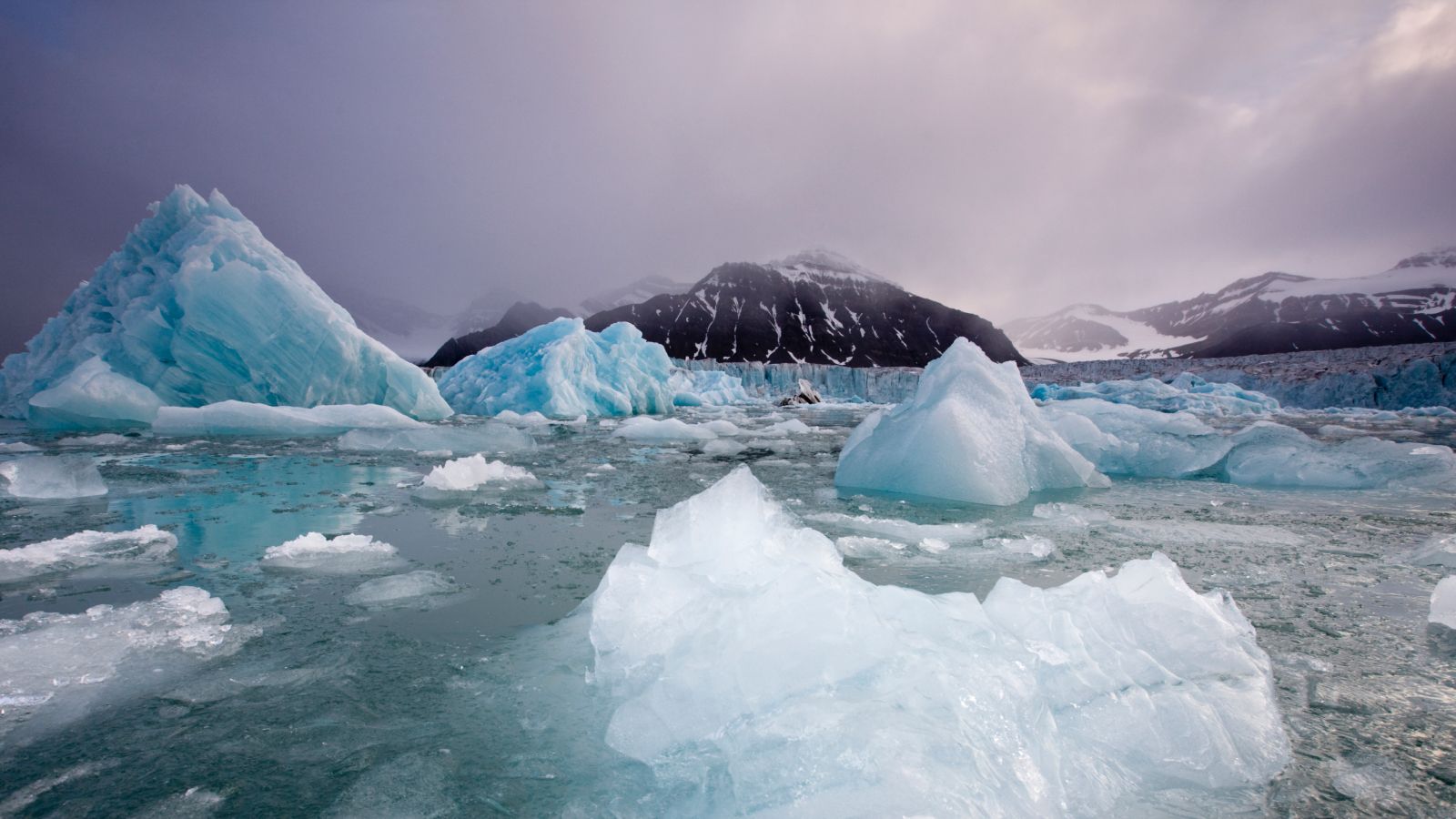The discovery of Mobula yarae, the third manta ray species, has been officially confirmed after 15 years of research and observation, marking a monumental moment for marine biology and conservation. Initially predicted in 2009 by Dr. Andrea Marshall, co-founder of the Marine Megafauna Foundation (MMF), this new species was suspected to inhabit the Atlantic Ocean, joining the already recognized Giant Oceanic Manta (Mobula birostris) and the Reef Manta (Mobula alfredi). Dr. Marshall’s groundbreaking work in differentiating the previously singular manta ray species into two distinct categories laid the foundation for the eventual identification of Mobula yarae. This formal recognition is not just a win for scientific discovery but also a crucial step toward enhancing conservation efforts for these incredible creatures. The species was officially described in the journal Environmental Biology of Fishes, and its formal recognition paves the way for a more targeted approach to preserving manta rays in the face of rising oceanic threats.
The Journey to the Discovery of Mobula Yarae
The road to recognizing Mobula yarae as a distinct species has been a long and meticulous one. In 2009, Dr. Andrea Marshall’s research split the previously recognized manta ray species into two: the Giant Oceanic Manta (Mobula birostris) and the Reef Manta (Mobula alfredi). Yet, despite this breakthrough, Marshall’s work was far from finished. She suspected that there was still a third species hiding within the oceans of the Atlantic, but only now, with advances in genetic analysis and careful study of manta ray morphology, has this third species been confirmed.
Dr. Marshall’s dedication to this cause is evident. She spent six years painstakingly differentiating between the two species she had already identified, gaining intimate knowledge of their behavior and physical traits. She spent hours hand-drawing sketches from her underwater photographs, comparing one manta to another, and cataloging their differences. As Marshall puts it, “It had taken me 6 years to differentiate the first two species, and I knew them inside out at this stage. Then, when comparing them to other images, I knew I was looking at something different. This manta didn’t look like either of them.” This keen observation laid the groundwork for identifying the third species, Mobula yarae, and marks a turning point in manta ray research.
While the discovery of Mobula yarae is groundbreaking, it is also a testament to the power of persistence and scientific inquiry. After years of research, Dr. Marshall’s suspicions were validated. But the discovery was not without its challenges. In 2024, Dr. Marshall suffered a brain aneurysm, which left her on medical leave. Fortunately, her team, composed of international collaborators, continued the research and completed the formal description of Mobula yarae, combining both genetic analysis and morphological studies. This rigorous research process confirmed that Dr. Marshall’s initial intuition was correct all along.


Physical Characteristics and Habitat of Mobula Yarae
One of the most exciting aspects of the Mobula yarae discovery is the way in which it differentiates itself from its two known relatives, the Giant Oceanic Manta and the Reef Manta. In terms of physical appearance, Mobula yarae has distinct white “V”-shaped shoulder patches, which set it apart from the “T”-shaped patches seen in Mobula birostris. Additionally, the new species has lighter coloring around its face and eyes, and it lacks the spots found on the underside of the other two species that extend between the gills. These unique characteristics make Mobula yarae easily distinguishable from other manta species in both appearance and behavior.
In terms of size, Mobula yarae is similar to the Giant Oceanic Manta, with individuals reaching lengths of 16 to 20 feet (5 to 6 meters). However, juvenile Mobula yarae individuals have been observed at smaller sizes, closer to the dimensions of the Reef Manta. Unlike the Giant Oceanic Manta, which prefers open ocean habitats, Mobula yarae is more likely to be found in coastal areas and estuaries. This preference for shallow waters, closer to shore, differentiates the species’ habitat and gives scientists valuable insight into its ecological role.
This unique habitat preference also underscores the need for targeted conservation efforts. While the Giant Oceanic Manta faces threats from open-ocean fishing and pollution, Mobula yarae may be more vulnerable to threats in coastal environments, where human activity is often concentrated. This insight is crucial for developing effective conservation strategies tailored to the specific needs of each species.
Implications for Manta Ray Conservation
The recognition of Mobula yarae as a distinct species has profound implications for manta ray conservation efforts. As with many marine species, manta rays face numerous threats from overfishing, habitat destruction, and climate change. Both the Giant Oceanic Manta and the Reef Manta are already classified as vulnerable or endangered on the International Union for Conservation of Nature’s (IUCN) Red List, and their populations continue to decline. Now that Mobula yarae is officially recognized, conservationists can tailor specific research and initiatives to protect this species and prevent its population from dwindling.
As co-author Jessica Pate, founder of the Marine Megafauna Foundation’s Florida Manta Project, stated, “The formal recognition of Mobula yarae is crucial for manta ray conservation efforts. You can’t protect what you haven’t formally identified. Now that we’ve proven that this Atlantic manta ray is distinct, we can tailor our research and conservation initiatives to protect the species.”
Source link


